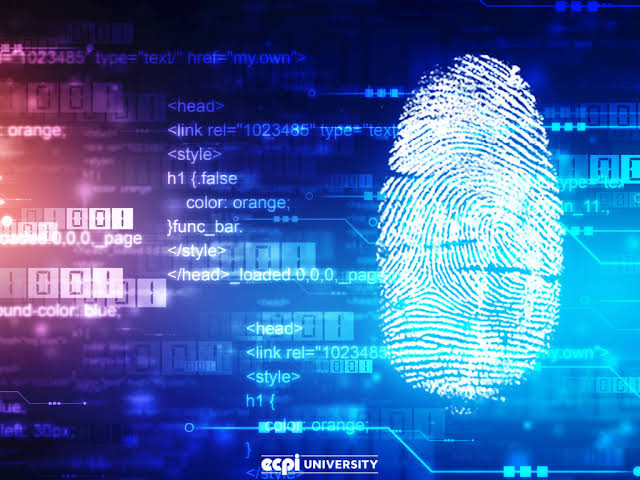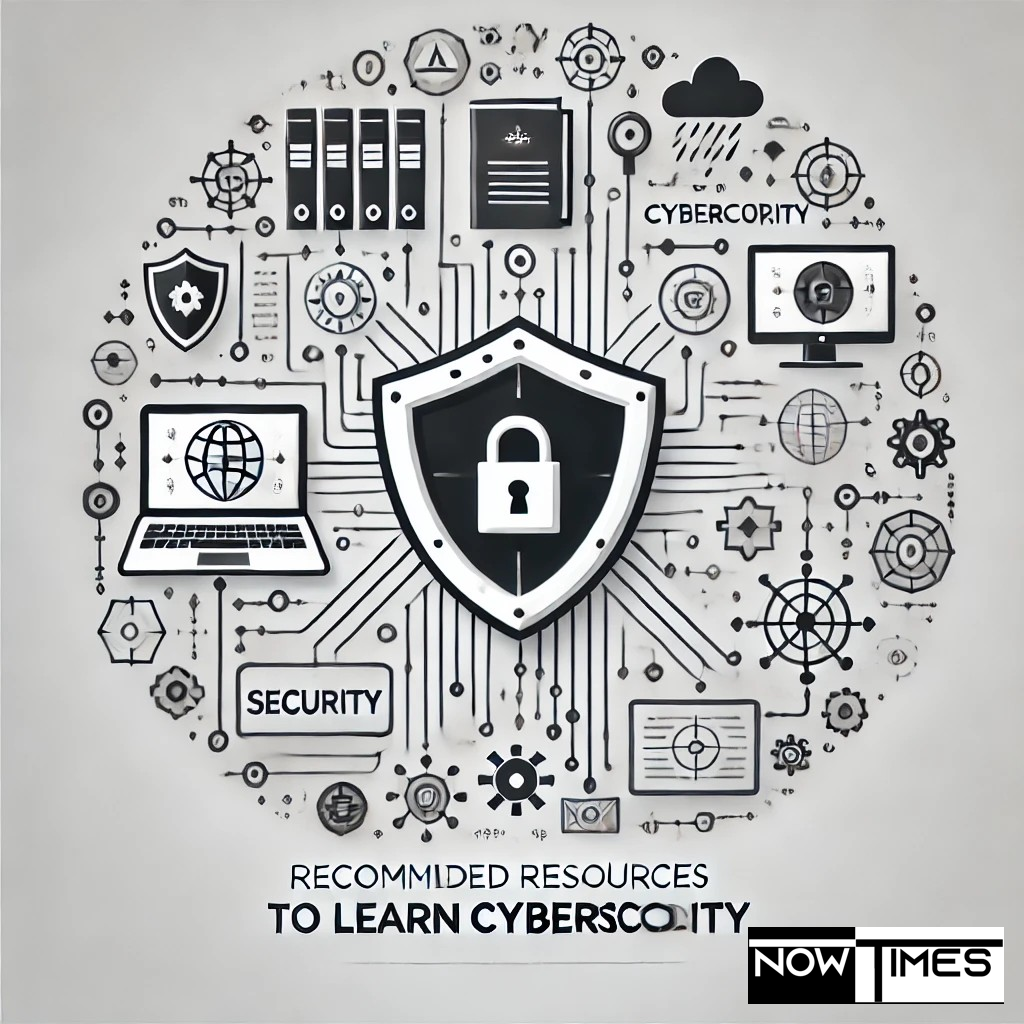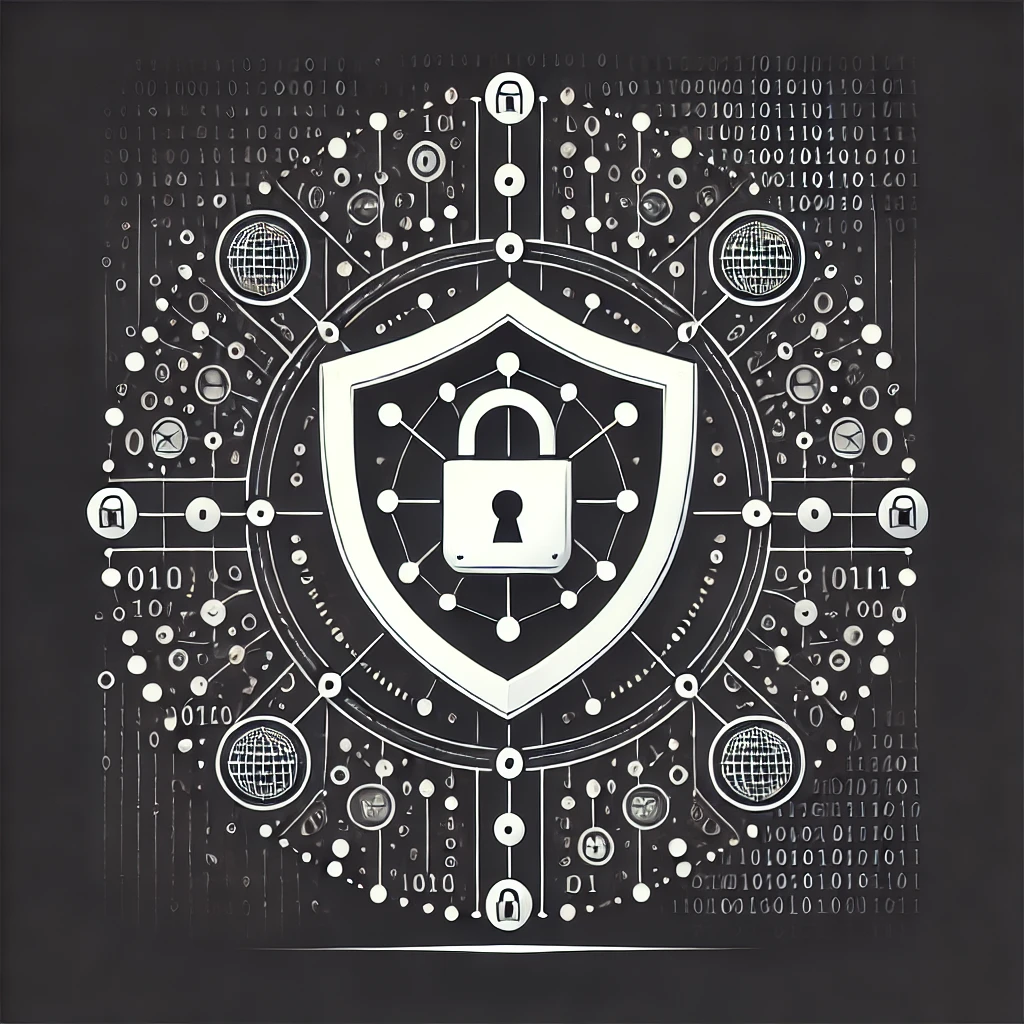Understanding Digital Forensics
Digital forensics is a vital field that combines technical skills and investigative techniques to solve cybercrimes and secure digital evidence

Introduction
Digital forensics is the practice of uncovering, analyzing, and preserving evidence from digital devices. It plays a crucial role in investigations involving cybercrime, data breaches, fraud, and even civil litigation. In this guide, we will explore the basics of digital forensics in clear, simple English. We will explain what digital forensics is, why it matters, the steps involved in a typical investigation, common tools and techniques, challenges, and future trends.
What Is Digital Forensics?
Digital forensics is the science of collecting and analyzing data from electronic devices such as computers, smartphones, and servers. Investigators use specialized methods to extract information that can serve as evidence in legal or disciplinary proceedings. This field combines computer science with law enforcement techniques to solve crimes that involve digital data.
Why Digital Forensics Matters
-
Crime Investigation: Digital forensics helps law enforcement agencies investigate cybercrimes like hacking, identity theft, and online fraud.
-
Incident Response: Organizations use digital forensics to analyze security breaches, understand how an attack occurred, and prevent future incidents.
-
Legal Proceedings: Evidence collected through digital forensics is often used in court cases, helping to prove or disprove claims.
-
Compliance and Risk Management: Companies use digital forensics to ensure compliance with industry regulations and protect their data integrity.
The Process of Digital Forensics
Digital forensics involves several systematic steps to ensure that evidence is collected, preserved, and analyzed correctly:
Identification:
- Determine what data or devices might contain evidence.
- Identify potential sources such as computers, mobile devices, servers, or cloud storage.
Preservation:
- Create exact copies (forensic images) of digital storage media.
- Use write blockers and other tools to ensure that the original data remains unchanged.
Collection:
- Gather data from various devices and systems.
- Document the process to maintain a clear chain of custody.
Analysis:
- Examine the collected data for evidence of wrongdoing.
- Use forensic software to recover deleted files, trace user activity, and identify anomalies.
Documentation:
- Keep detailed records of every step taken during the investigation.
- Prepare reports that can be used in court or by management to understand the incident.
Presentation:
- Present the findings in a clear and understandable manner.
- Use visual aids like charts, timelines, and logs to explain the evidence.
Types of Digital Forensics
Digital forensics covers several specialized areas, each focusing on different types of data:
-
Computer Forensics: Focuses on data recovery and analysis from personal computers and laptops.
-
Mobile Device Forensics: Involves examining smartphones, tablets, and other portable devices to extract call logs, messages, and app data.
-
Network Forensics: Analyzes network traffic data to track communications, identify intrusions, and trace the source of attacks.
-
Cloud Forensics: Deals with data stored in cloud environments, requiring different tools and approaches compared to traditional devices.
-
Forensic Data Analysis: Involves analyzing large datasets to uncover patterns or anomalies that might indicate fraud or cyberattacks.
Tools and Techniques Used in Digital Forensics
A variety of software tools and techniques are used in digital forensics, including:
Imaging Tools: - Programs like FTK Imager and dd create exact copies of digital media.
Analysis Software: - Tools such as EnCase, Autopsy, and X-Ways Forensics help investigators analyze data for evidence.
Network Analysis Tools: - Wireshark and NetWitness are used to capture and analyze network traffic.
Mobile Forensics Tools: - Cellebrite and Oxygen Forensics assist in extracting data from mobile devices.
Log Analysis Tools: - Splunk and ELK Stack help parse and analyze log files from various sources.
Challenges in Digital Forensics
While digital forensics is a powerful field, investigators face several challenges:
Volume of Data:
- Modern devices generate vast amounts of data, making it difficult to sift through relevant information.
Encryption and Anti-Forensics:
- Cybercriminals often use encryption or methods to hide their tracks, complicating the investigation.
Rapid Technology Changes:
- New technologies and platforms require continuous updates to forensic methods and tools.
Legal and Ethical Issues:
- Maintaining the chain of custody and ensuring the admissibility of digital evidence in court are critical concerns.
Future Trends in Digital Forensics
- As technology evolves, so does digital forensics. Some trends to watch include:
Artificial Intelligence and Machine Learning:
- AI can help automate data analysis, quickly identifying patterns or anomalies in large datasets.
Cloud Forensics Expansion:
- With more data moving to the cloud, forensic techniques will need to adapt to secure and analyze distributed systems.
Improved Encryption Analysis:
- New methods to break or bypass encryption without compromising user privacy will be a growing area of research.
Integration with Incident Response:
- Digital forensics will become more tightly integrated with real-time incident response to quickly mitigate cyberattacks.
Conclusion
Digital forensics is a vital field that combines technical skills and investigative techniques to solve cybercrimes and secure digital evidence. Whether you are a law enforcement officer, an IT professional, or a legal expert, understanding the basics of digital forensics is essential. By learning about its processes, tools, and challenges, you can better appreciate how digital evidence is used to uncover the truth and bring cybercriminals to justice.
Stay informed and continue to explore the dynamic world of digital forensics as technology and threats evolve.
Now Times is committed to providing up-to-date, reliable information on the latest in technology and cybersecurity. Keep following us for more insights into digital forensics and related fields.
This article is intended for educational purposes only and is not a substitute for professional legal or technical advice.
Leave a Comment
Releted Articles

Top Recommended Resources to Learn Cybersecurity
Cybersecurity is a dynamic and rewarding field, but mastering it requires dedication and access to the right resources.

Web Security : Safeguarding the Digital World
In today’s interconnected world, web security is more critical than ever. As businesses and






0 comments
There is no any command yet!